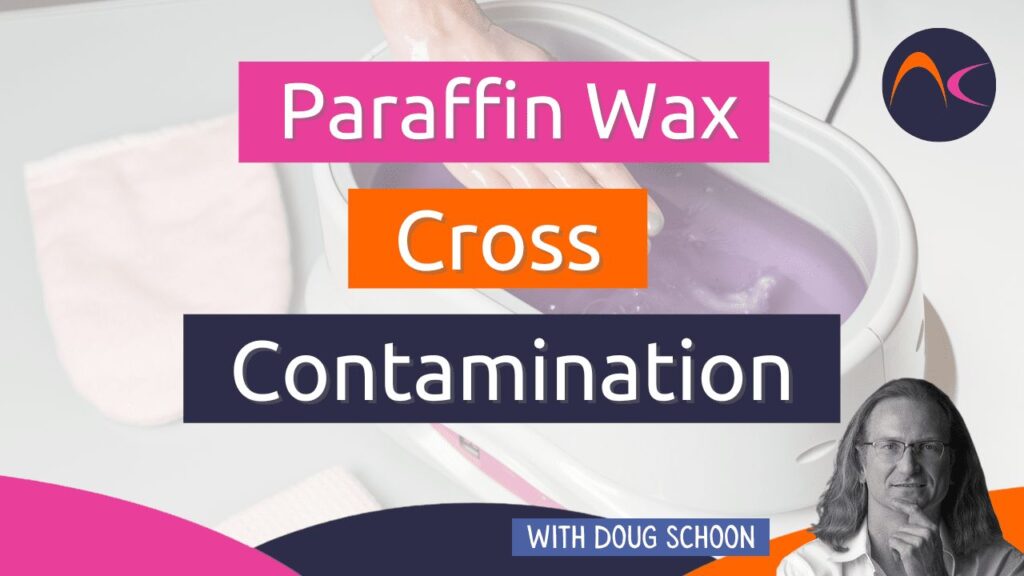About 12 years ago I spoke to someone who I consider to be a careful researcher and who had thoroughly examined the issue of paraffin wax cross-contamination from dipping. His research revealed that bacteria and fungi are NOT at all likely to grow in these paraffin baths. That is probably because the water content is so low that infectious organisms could not survive. He also theorized that the wax seals around the hand to prevent bacteria or fungal organisms from escaping into the wax.
Điều này rất có lý với tôi và tôi đồng ý với phát hiện của ông. Thật thú vị, chỉ có một trường hợp mà nhà nghiên cứu này tìm thấy bất kỳ sinh vật truyền nhiễm nào trong bồn tắm parafin. Hiểu được cách thức điều này xảy ra là rất thú vị và quan trọng để biết. Trong trường hợp này, parafin bị ô nhiễm nặng và trông cực kỳ đục. Độ đục là do có quá nhiều nước và các chất gây ô nhiễm khác trong sáp. Nếu nước thấm vào parafin, thì một số vi sinh vật có thể sống sót. Đây là trường hợp ô nhiễm cực đoan, không phải là điều bình thường sẽ xảy ra.
Tại sao parafin lại trở nên đục và nhiễm bẩn như vậy? Nguyên nhân gây ra tình trạng ô nhiễm nghiêm trọng này chính là chủ tiệm. That’s right. The owner of the salon had instructed the nail technicians to “save the wax” after removal from the hands. They would then throw it into a container and, each morning, they would re-melt the previously used wax into the paraffin bath. All that just so the salon owner could save a little money.
Of course, this is clearly improper to do, highly risky, and certainly against the paraffin manufacturer’s directions. This was a blatant misuse of the product! Only fresh wax should be put into a paraffin bath. All used wax must be disposed of after a single use because paraffin wax is not reusable. After completing their testing, these researchers concluded that when a paraffin bath is regularly cleaned and all used wax is properly disposed of without reuse, it will be extremely unlikely for infectious organisms to survive and cause infections. I’ll add that if clients wash and dry their hands before the service, then the potential contamination becomes even less likely. These conclusions are also in complete agreement with other research that I’ve read on this subject.
Các nghiên cứu khác về parafin thu thập từ các tiệm làm đẹp và thử nghiệm về tình trạng nhiễm khuẩn hoặc nấm đều không tìm thấy bất kỳ điều nào trong số này. Do đó, điều này khiến tôi ủng hộ kết luận rằng việc ngâm mình trong bồn tắm parafin để thực hiện các dịch vụ tại tiệm làm đẹp là một hoạt động an toàn. Nhiễm chéo sáp parafin là một điều rất hiếm khi xảy ra.
I would like to add a word of caution. Common sense dictates that clients with open sores or visible signs of infection should not have these services. The researcher I spoke about did not suggest this as a concern. However, I’m adding this warning to remind salon professionals that they should not perform services on any client with a visible infection of the skin or nails.


